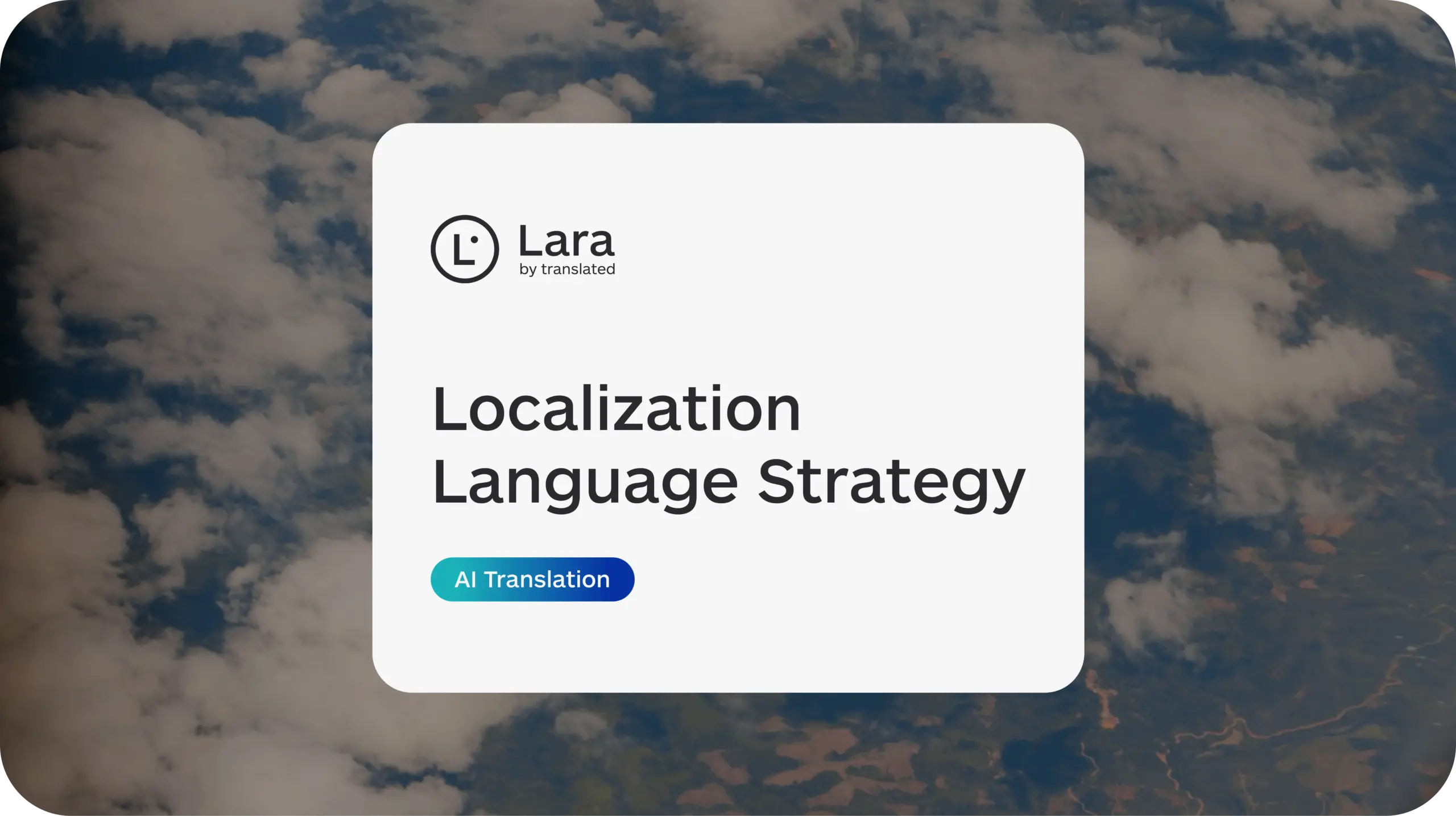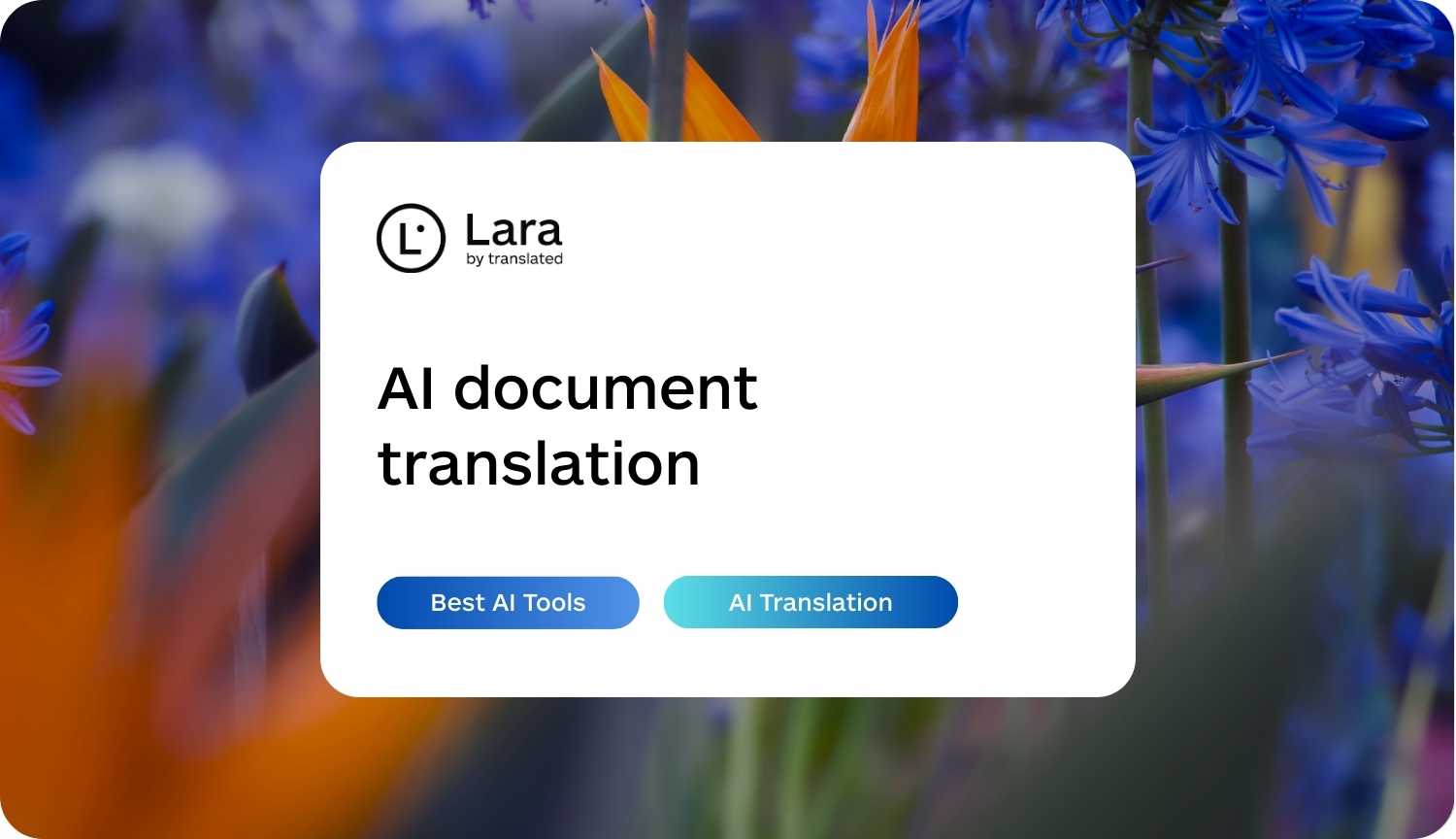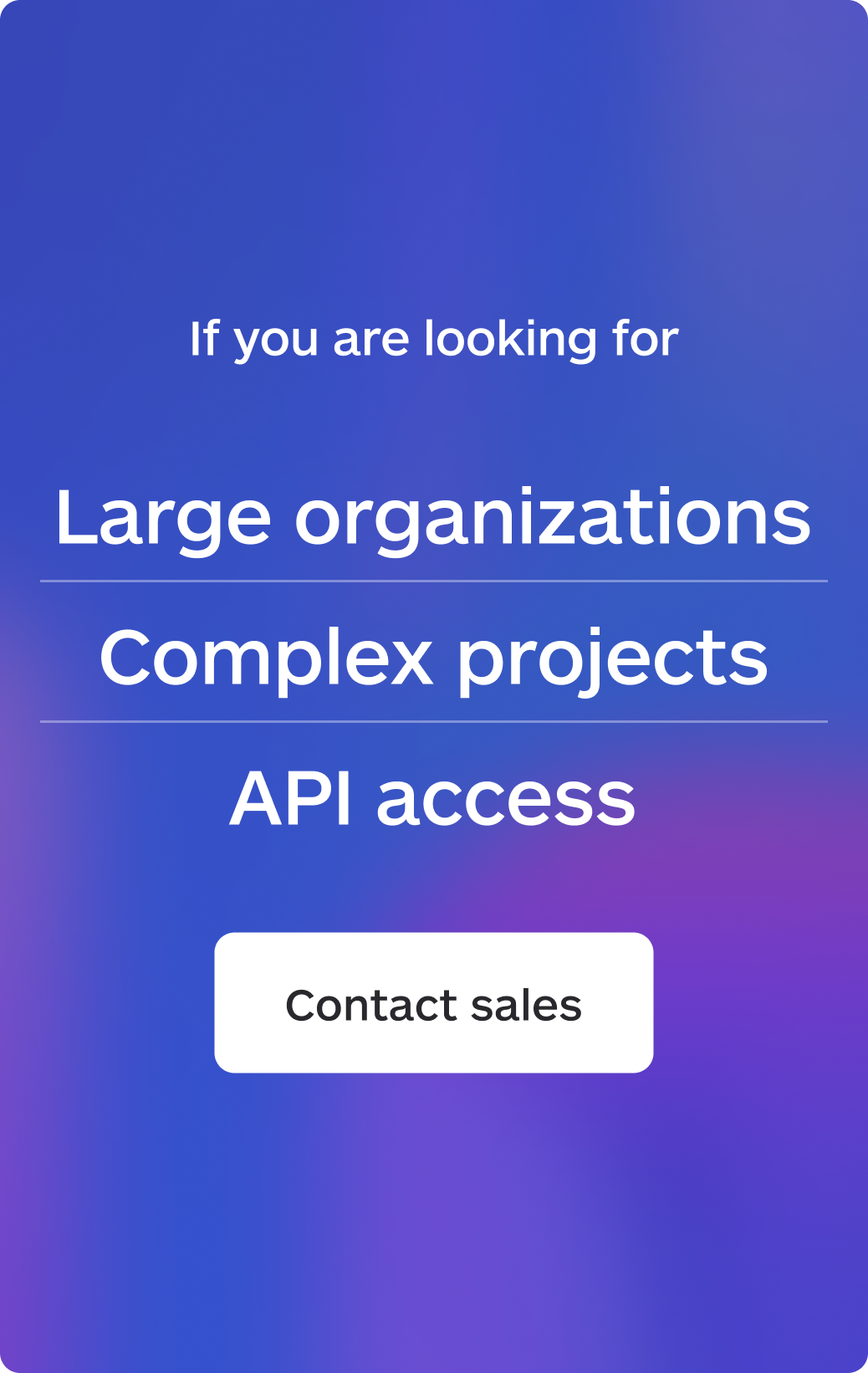Expanding into international markets requires more than just translating content—it demands strategic localization. Whether you’re an e-commerce brand, SaaS company, or content-driven business, choosing the right languages can increase customer engagement, enhance user experience, and drive global growth. But how do you decide which languages to prioritize?
In this guide, we’ll explore the broader context of market expansion, introduce a 3-step framework for prioritizing languages, and break down some of the most impactful localization languages for businesses today.
The Bigger Picture: Why Language Localization is Essential
Localization is more than just a technical necessity—it’s a growth strategy. Businesses that invest in localization see:
- Higher conversion rates – Customers are more likely to engage with content in their native language.
- Stronger market positioning – Competing against local businesses requires speaking their language.
- Better SEO performance – Localized content ranks higher in search engines for region-specific queries.
But where should you start? Let’s look at a practical framework to help businesses prioritize languages effectively.
A 3-Step Framework for Language Prioritization
Step 1: Analyze Market Potential
To maximize ROI, businesses should focus on markets with strong economic potential, internet penetration, and demand for their products or services. Consider:
- Countries with high digital adoption (e.g., Germany, South Korea, India)
- Markets with rising e-commerce trends (e.g., Brazil, Indonesia, Mexico)
- Business hubs with high localization needs (e.g., France, Japan, UAE)
Pro Tip: Use tools like Google Trends, Statista, and industry reports to assess language demand in your sector.
Step 2: Leverage Data from Your Existing Audience
If you already attract international visitors, analyze your website traffic, customer inquiries, and sales data to identify potential markets.
- Where is your organic traffic coming from?
- Which languages are most common in your support requests?
- Where do you see high engagement but low conversions due to language barriers?
Example: If a SaaS company sees a spike in trial sign-ups from Brazil but low conversions, localizing into Portuguese could increase paid user adoption.
Step 3: Evaluate Cost & Feasibility
Some languages are easier and more cost-effective to localize than others. Consider:
- Linguistic complexity – Languages like Arabic (right-to-left) require UI adjustments.
- Regulatory requirements – Some markets have legal language requirements (e.g., French in Canada).
- Resource availability – Can you find professional translators and localization experts?
Pro Tip: Prioritize languages that cover multiple regions, such as Spanish (Latin America & Spain) or French (Europe & Africa).
Which Languages Should You Prioritize?
Not all languages provide the same ROI. Here’s a tiered approach to help businesses expand effectively:
Tier 1: Core Global Markets
High-value languages that offer strong business potential across multiple industries.
- English (Global business language)
- Mandarin Chinese (Key for accessing China’s massive market)
- Spanish (Used in Spain, Latin America, and parts of the U.S.)
- French (Spoken across Europe, Canada, and Africa)
- German (Essential for European business and e-commerce)
Tier 2: Growth Markets
Emerging economies and regions with growing digital adoption.
- Portuguese (Brazil & Portugal)
- Hindi (India’s digital economy is booming)
- Japanese (High-value e-commerce & tech market)
- Arabic (Middle East & North Africa)
Tier 3: Future Expansion & Niche Markets ????
Languages with long-term potential or specific industry focus.
- Turkish (Expanding European-Asian market)
- Korean (Growing in gaming, tech, and entertainment)
- Vietnamese (Rising Southeast Asian digital economy)
Pro Tip: Consider your industry needs—for example, if you’re in tech or gaming, Japanese and Korean are higher priorities than Spanish.
Practical Steps to Implement Your Localization Strategy
Now that you’ve identified priority languages, how do you start localizing effectively?
- Start Small, Scale Fast – Begin with one or two Tier 1 languages, measure impact, then expand.
- Use AI-Powered Tools – Solutions like Lara Translate streamline localization with machine learning-driven translations.
- Optimize for Multilingual SEO – Adapt keywords, metadata, and local search intent.
- Test & Iterate – Use A/B testing to track performance in new markets.
Pro Tip: Create localized landing pages first before translating your entire website to test audience response.
Overcoming Common Localization Challenges
Even with a solid plan, businesses may face localization hurdles, such as:
- Cultural misunderstandings – Direct translations can lose meaning.
- Regional dialect differences – Spanish varies between Spain and Latin America.
- Technical SEO & UX issues – Right-to-left languages require layout adjustments.
Solution: Partner with AI-powered localization platforms like Lara Translate, which blends automation with human linguistic expertise.
Conclusion
Selecting the right languages for localization is a data-driven process that can lead to higher engagement and global success. By following a structured approach, businesses can:
- Analyze market demand
- Prioritize cost-effective, high-impact languages
- Use AI-powered tools to scale faster
Ready to expand internationally? Start localizing with Lara Translate today!
This article is about
- How to strategically choose languages for localization using a data-driven approach
- 3-step framework to analyze market potential, customer data, and feasibility
- Tiered language prioritization model based on business impact and growth potential
- Practical steps to implement localization effectively, including multilingual SEO and A/B testing
- How AI-powered solutions like Lara Translate streamline localization and improve ROI
Want to learn more?
Read our in-depth guide on The Importance of Multilingual SEO





